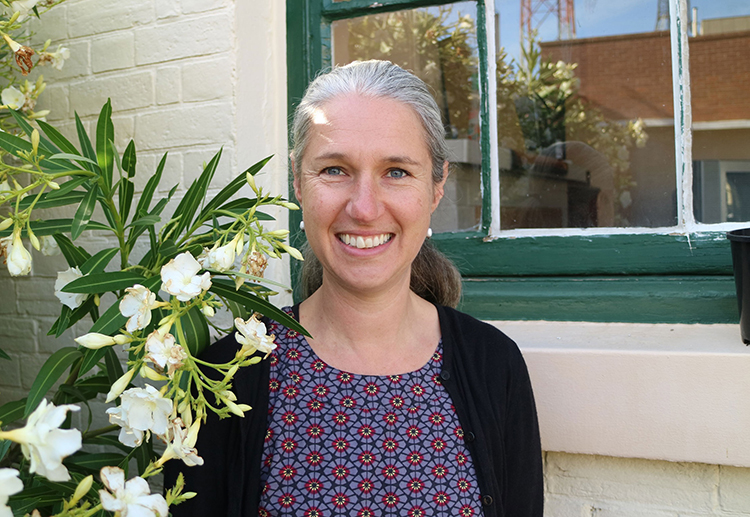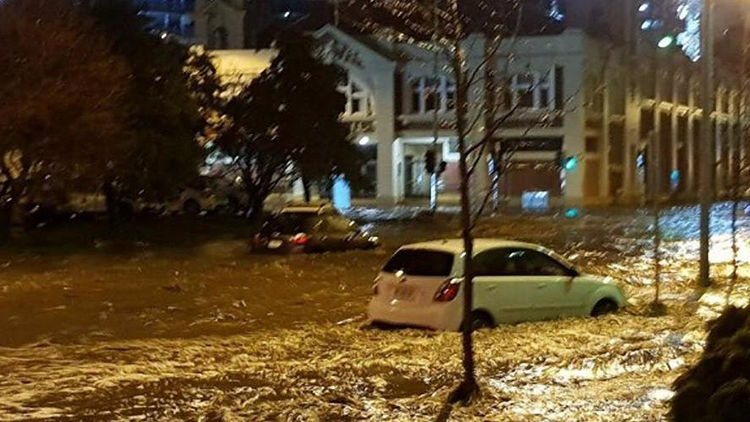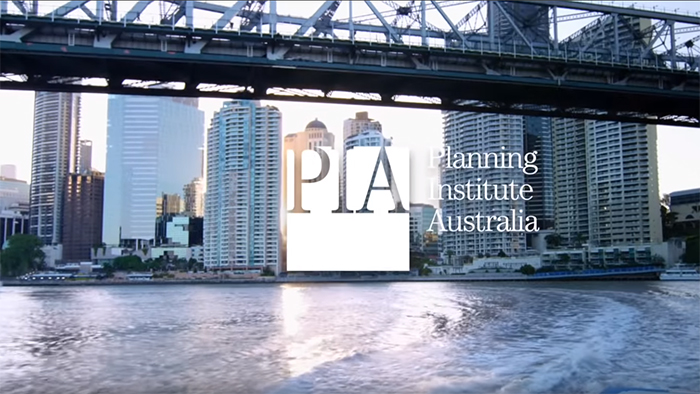Planning
Planning improves our regions and urban areas by integrating the social, ecological and economic within decision-making.
Planners in Tasmania are solving some of the challenging problems of rapid population growth, ageing transport infrastructure, social polarisation and inequality, unaffordable housing and mobility challenges stemming from a rapidly ageing population.
Why study Planning with us?
Studying Planning at the University of Tasmania has unique appeal:
- Our home state of Tasmania provides a unique learning environment. Urban areas, agricultural landscapes, extensive tracts of natural lands, and internationally significant cultural heritage are in close proximity, and all easily accessible, providing opportunities for globally relevant case studies.
- Small class sizes maximise your opportunities for academic interaction and support, and you will benefit from the expertise of our staff, and our close ties with the planning profession.
- The Master of Planning is professionally accredited by the Planning Institute of Australia.
- The Master of Planning program offers professional placements with industry partners, which includes local and state governments, private consultants and not-for-profits.
You can study your planning course online.
Ivan Correa, has completed a Graduate Diploma of Environmental Planning and is returning to complete the Master of Planning. Hear why he enjoys studying in Hobart, Tasmania.
What Careers relate to Planning?
As a professional planner, you will be in demand by local and state governments, planning consultancies and community organisations in Australia and around the world.
Planners are professionals who work closely with engineers, architects and environmental consultants, providing multi-disciplinary expertise to ensure projects are appropriately investigated and strategically developed.
This course is professionally accredited by the Planning Institute of Australia and offers outstanding career opportunities.
Graduates work as professional planners, managers and policy makers in areas such as:
- strategic and statutory planning
- environmental and social planning
- state government planning and policy agencies
- infrastructure providers
- environmental and natural resource agencies
- Commonwealth environmental and infrastructure agencies
- international and local consulting firms
- local government
- conservation, environmental and community sectors
- business and industry

"After working in environmental management for a number of years, I wanted to increase my knowledge of the systems regulating land use and of the factors influencing our built and natural environments."
Natalie Holman, Master of Planning graduate
Our Planning Research
Planning and Urban Geography researchers at the University of Tasmania are undertaking cutting edge research on social and environmental inequality in regional cities. Our researchers are developing evidence-based solutions to pressing challenges in small to mid-sized cities. We are working in partnerships with professional bodies (e.g. Planning Institute Australia), state and local government and other key stakeholders (e.g., RACT, Lifeline Tasmania, Southern Tasmania Councils Authority) to develop solutions to help make Hobart, Launceston and other Tasmanian settlements among Australia's most liveable towns and cities. Our researchers are investigating issues related to urban green space, energy, transport, housing, insurance, waste management and climate change adaptation. We are attracting nationally competitive research funding and provide research consultancy services. We are committed to improving the lives of Tasmanians and applying our insights to solving global challenges.

What city planners can learn from Hobart’s floods
Like many cities, Hobart’s closeness to nature can be a double-edged sword – the hilly terrain affords spectacular views of the mountain and the river, but makes the city especially prone to wildfire and flash-flooding.

